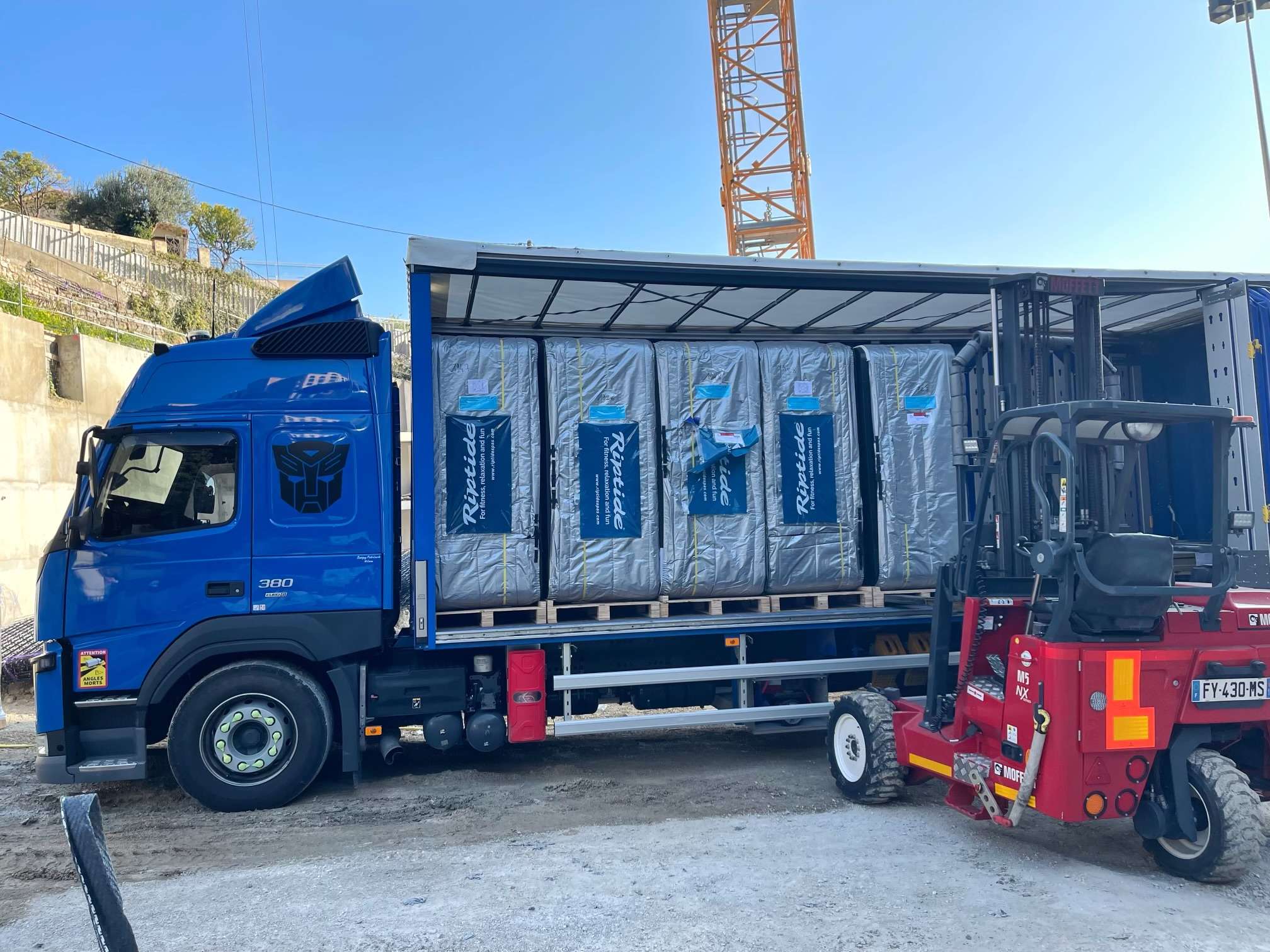Supply chain management aims to ship orders in perfect condition. For 84% of online consumers, reliable shipping is a key criterion, according to a study by Uber Direct and Ipsos. You must therefore ensure temporary storage facilities and optimize the goods delivery process to ship efficiently and maximize customer satisfaction. Storage layout, goods sorting, stock management… Here is everything you need to know about the goods delivery procedure.
The stages of a goods delivery
Planning: the first step to successful freight forwarding
The logistics manager must organize daily shipments to facilitate parcel transport. The entire procedure is therefore based on optimal planning. To set up a comprehensive roadmap, you must:
-
- Obtain confirmation of the orders to be shipped that day;
- Draw up the list of parcels to prepare;
- Assign responsibility for processing the orders;
- Inform carriers of the goods reception time;
- Organize loading dock occupancy.
Accurately determine the space required for the temporary storage area to ensure a successful goods shipment. According to a Sendcloud study, 86% of deliveries to individuals are made to their homes. Our company’s direct-to-home or on-site delivery service allows you to plan your shipments across France. We also handle the international transport of your goods.
Merchandise delivery procedure: consolidation and sorting of deliverables
A key step in preparing the goods involves combining and grouping products from all warehouse areas. Sorting is then based on the route followed for parcel pickup. We suggest creating a dedicated area for this consolidation in your shipping zone. This also prevents goods from being stuck in storage until order references are obtained.
You can carry out consolidation and sorting in the reception area near the loading docks. This setup allows alternating time slots for inbound and outbound operations. Choose a location with roller conveyors to speed up loading or the space where packages and pallets are received.
Administrative management: optimize document control
This includes a systematic verification of documents related to the goods delivery procedure to avoid all kinds of errors. Administrative management ensures that the order is received in line with the customer’s requirements. It includes:
-
- The picking slip;
- The transport contract;
- The roadmap;
- The delivery note;
- The order reception slip.
The manager ensures that all information matches the data in the warehouse management software. On-site operators check the parcel’s weight and volume. They verify compliance with carrier standards and proceed with labeling. Orders are then placed on pallets or in boxes. The process ends with sealing and applying protective film to the goods.
Quality control and shipping
Before sending the orders to the means of transport, you must identify the right truck. Make sure it is anchored to the loading docks. Use appropriate handling equipment such as forklifts, pallet jacks, and electric stackers to load each parcel while balancing the weight. Finally, have the carrier sign the documents.
The loading and unloading process involves risks for your operators. Therefore, all staff on site must be equipped with PPE and all handling equipment must be maintained.
Automation and digitalization remain the best solutions to optimize cost, traceability, and efficiency in your supply chain.
STTI offers full supply chain management so you can focus on your core business. Our teams are available for any inquiries.





